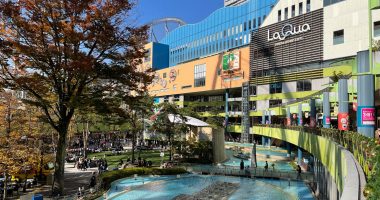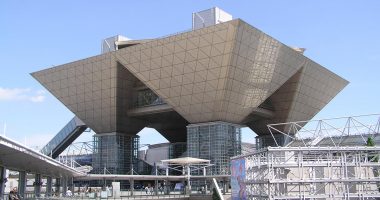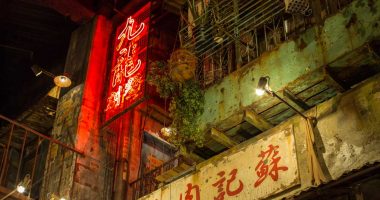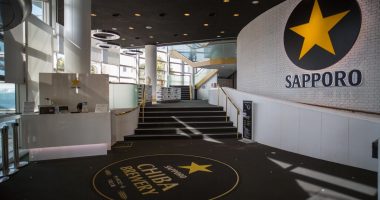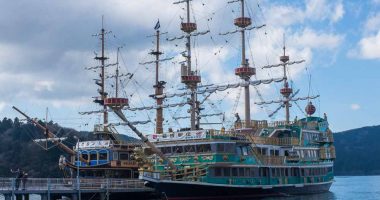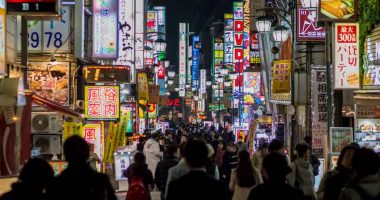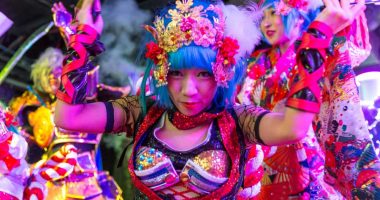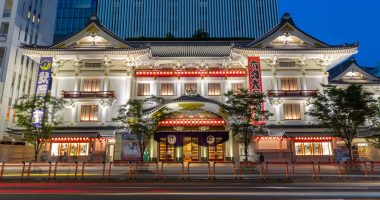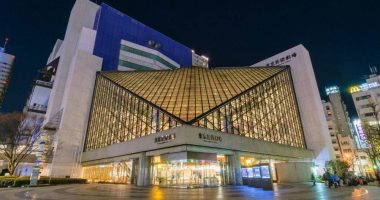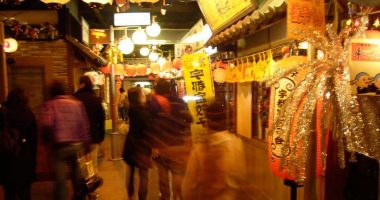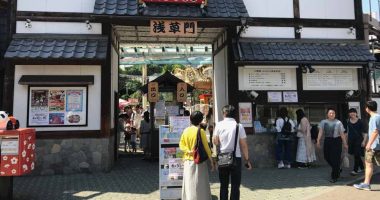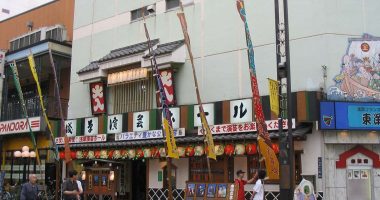Browsing Category
Entertainment
20 posts
Namja Town
An indoor amusement park that is a good choice for those with children. There are 13 attractions in total, a Showa era street replicating 1950s Tokyo, Namja Gyoza Stadium which serves the different types of gyoza found throughout Japan, and Ice Cream City which sells just about any variety of the stuff you can imagine.
Asakusa Engei Hall
Asakusa Engei Hall is famous for rakugo (“fallen words”), a comical form of one-man storytelling through a dialogue of two characters. While the cultural references involved in the storytelling mean that near-native Japanese language skills are a must, Engei Hall does offer other performances that tourists can enjoy (e.g. magic shows).
